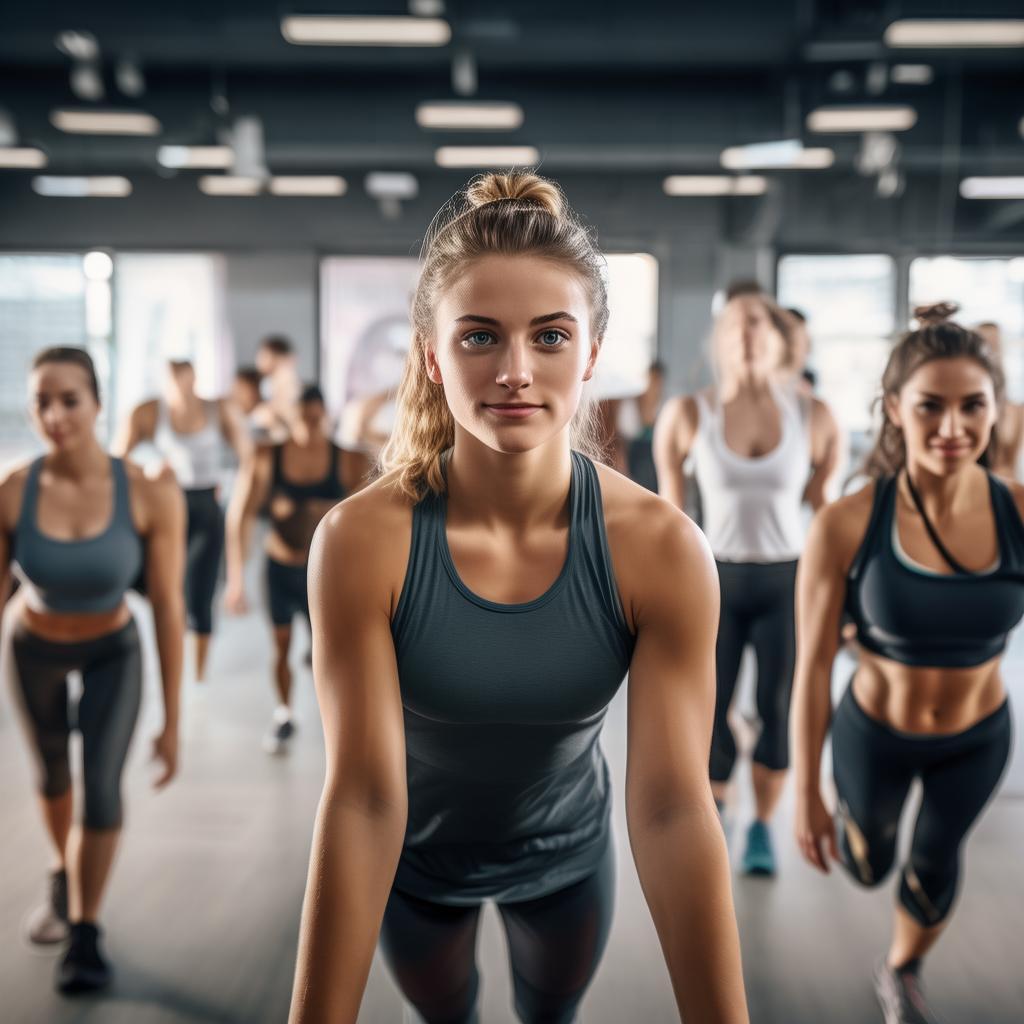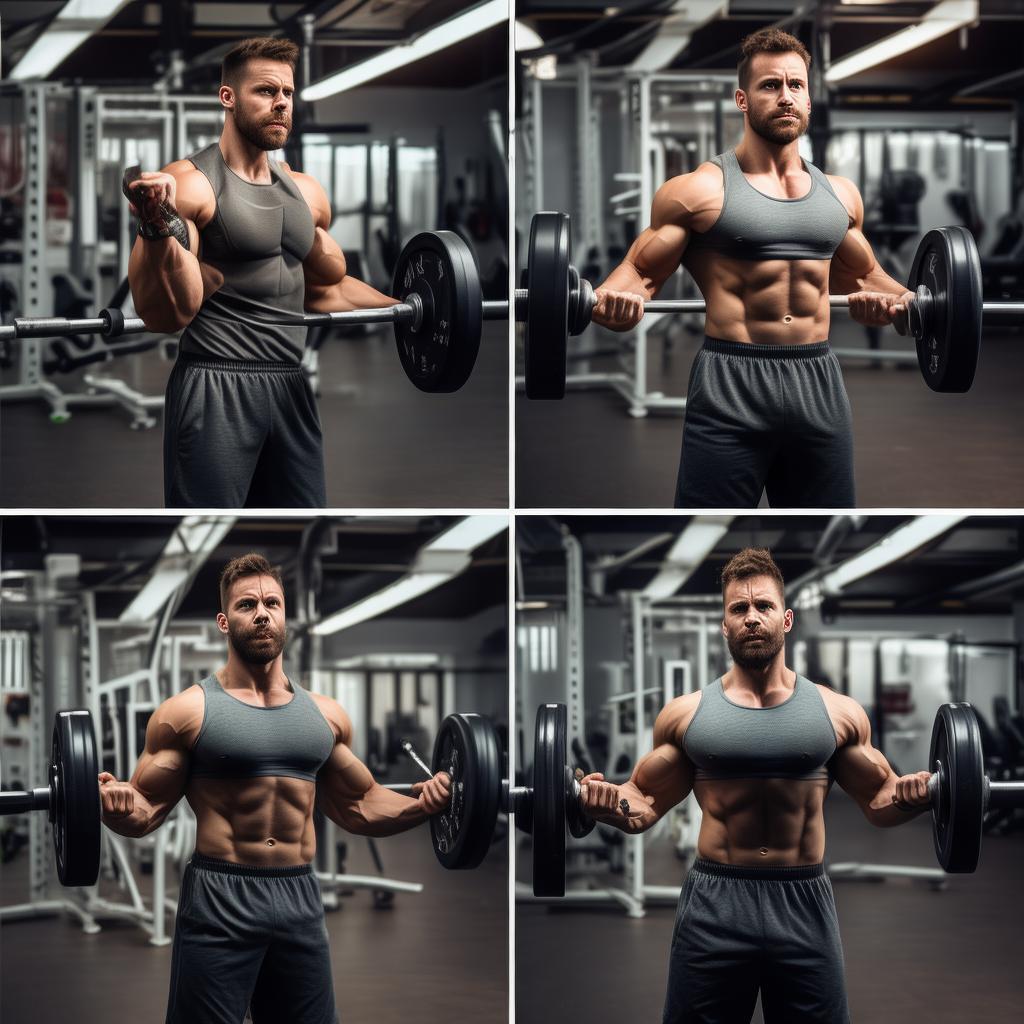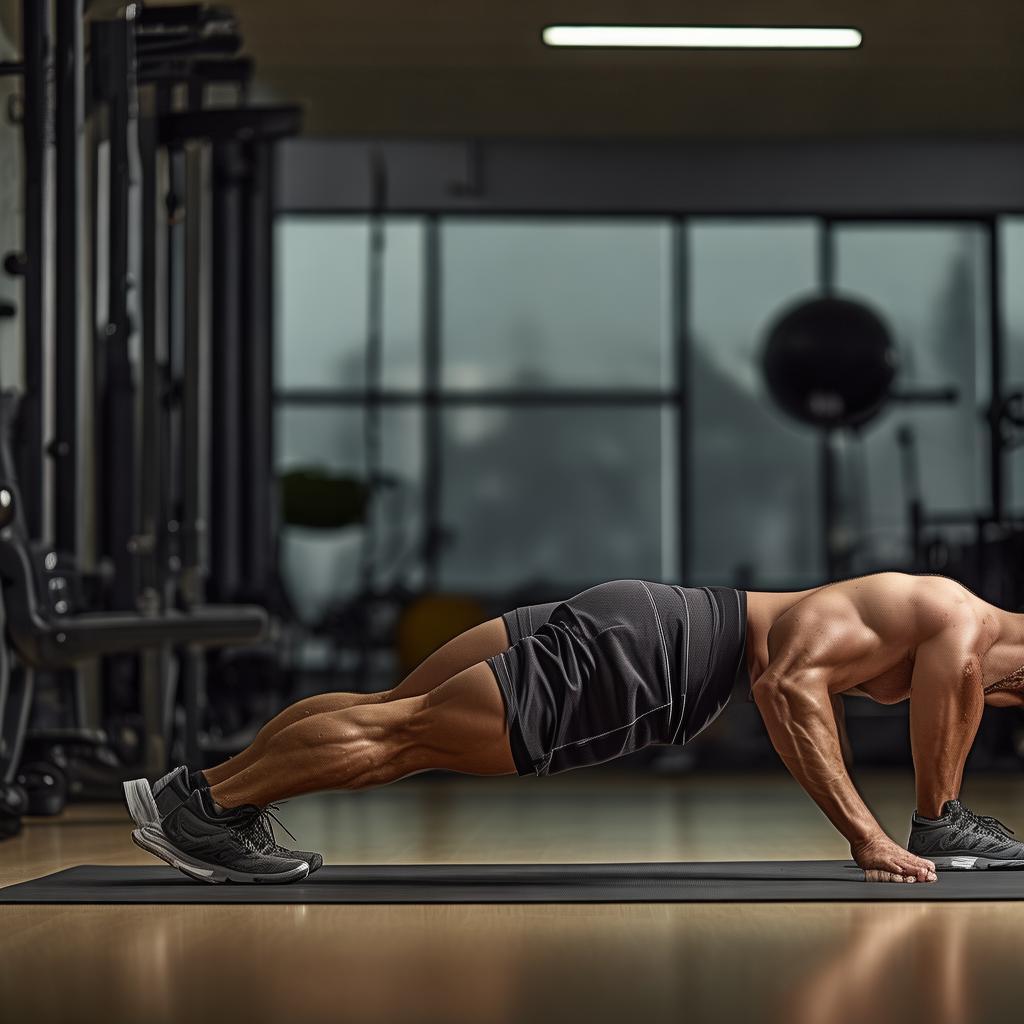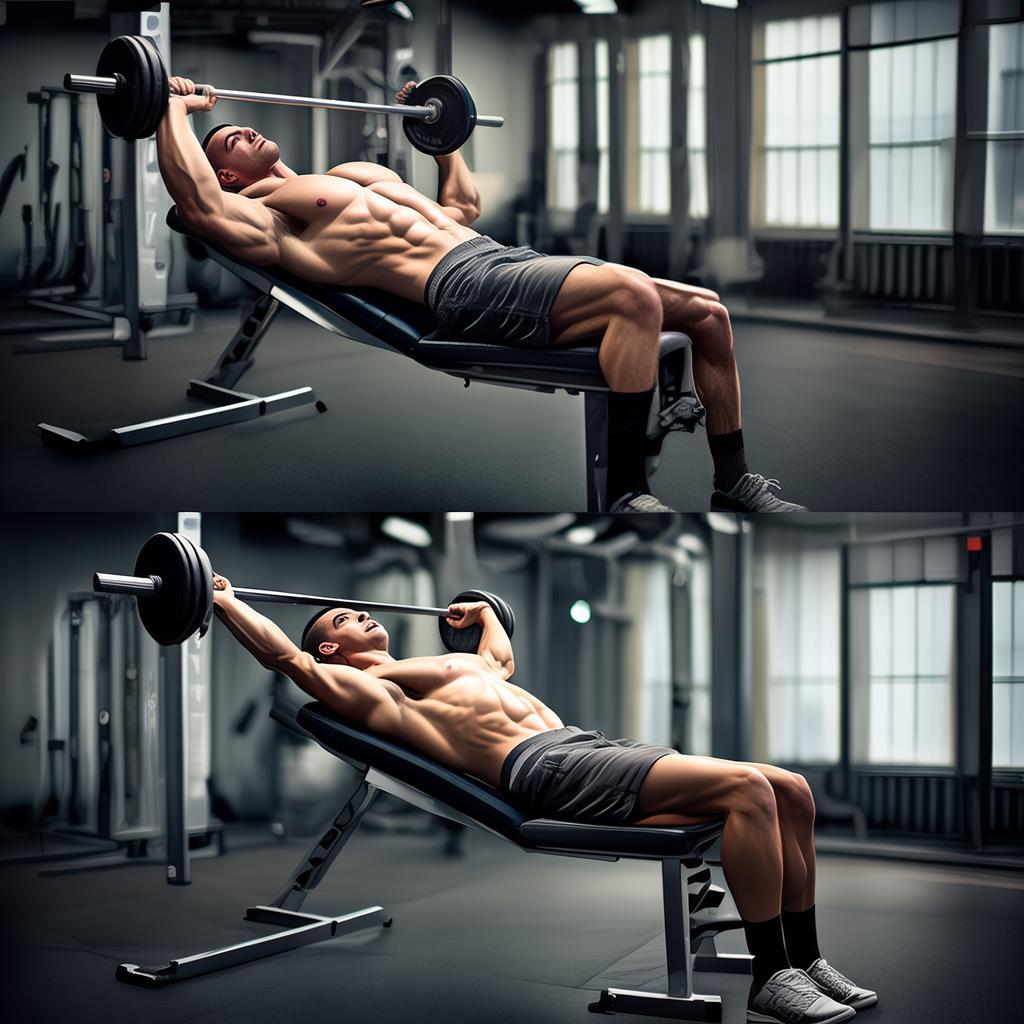Introduction to Core Training
Fitness has emerged as an increasingly popular way of life for those seeking good health. Among various fitness – related activities, core exercises have been drawing more and more attention. In recent years, core training has become a hot topic in the fitness world. However, there are many differences and controversies regarding the concept of what the core actually is, and diverse ideas on how to perform core training properly and effectively. Since it is beneficial not only for strength sports enthusiasts but also for regular runners, it is essential to understand how to exercise the human core.
What is the “Core”?
Generally, the core is located in the trunk, below the shoulder joint and above the hip joint. The lumbar spine, pelvis, and hip joint can be regarded as the “residence” of the core, surrounded by many muscle groups. The spine is vertically located between the lumbar muscles and the pelvic base on both sides. The core muscle groups mainly include the muscles related to the movement of the psoas and hip muscles, such as the obliques and transversus abdominis, as well as the vertical spine muscles, hip flexors, and transversus abdominis, which are also important components of the rectus abdominis, external obliques, and transversus abdominis.
The Composition of Core Training
Core training mainly consists of two parts. One is to exercise the deep lumbar and abdominal muscles to enhance the stability of static support movements. The other is to train the superficial lumbar and abdominal muscles to strengthen the core.
The Benefits of Core Training
1. When the core muscle groups are strong, they can protect the stability of the lumbar spine, help the body to adjust the center of gravity, improve posture, and also tighten the abdominal muscle lines, contributing to a more beautiful figure.
2. Strong core strength training can make waist – and abdominal – area fat disappear. As the core muscles become stronger, it is like wearing an invisible “abdominal waistcoat”, making the small abdomen and waist fat less obvious.
3. With core strength training, it becomes easier to train for a “waistcoat line” or “Kawasaki abs”. Movements are more efficient, with the efficiency increased by 200%.
4. The core is the starting point of any movement. A stronger core means more muscle fibers are involved in sports, more sensitive movements, greater power, and more fat burned, greatly increasing the energy – providing efficiency.
5. Core training helps maintain a neutral body position and improve posture. People with a strong core can avoid hunchback and back pain caused by long – term sitting. In contrast, those with a weak core are more likely to hunch and have a skewed posture, and are also more prone to back pain.
6. The increase in core muscles also leads to an increase in negative pressure, which can help relieve constipation when there is an urge to defecate. The deep and shallow muscles around the abdomen act like shapewear, which can also help control food intake.
7. Through core strength training, the natural range of motion and flexibility can be improved, the balance between muscle groups can be enhanced, and the more tense muscles can be soothed while the more relaxed muscles can be strengthened.
How to Exercise the Core
Here is a set of support – type core training movements. This group of training can not only improve basic abilities and lay a good foundation for future training but also help build a tight body.
Action one: Flat support back kick: Keep the body balanced in a flat position and alternate the legs for back kicks.
Movement two: Support open and close jump: In a straight – arm prone support state, tighten the waist and abdominal muscle groups, and then alternate the legs for open and closed jumps.
Movement three: Alternating straight arm plate support: Do a plank support and then alternate between curved and straight arms while keeping the body in a straight line.
Movement 4: Side support leg lift: In a side position, support the floor with one arm and touch the other arm with the thigh.
Movement 5: Goat jerk: Lean the lower body against the equipment, keep the back upright, avoid bending the back, slowly lower the back, and let the upper body gradually become parallel to the ground. Do 3 – 4 sets of 10 – 15 repetitions.
Movement six: Measurement support curl: Support sideways on the apparatus and do curls as shown, 10 reps on each side, repeat for 3 – 4 sets.
Movement 7: Elastic band double knee lift front and back: Maintain a seated position with legs raised and arms extended to grip the elastic band. Tighten the core muscles as the front side of the body moves, control the body’s stability, and do knee lifts around the elastic band to feel a strong core stimulation.
Movement 8: Rotate left and right to touch the ground: Maintain a seated position with the legs bent at the knees and the feet lifted off the ground, straighten the arms at the front side of the body, tighten the core during the movement, keep the body stable, and then perform left – and right – side ground – touching movements to feel a strong core muscle tightening.





